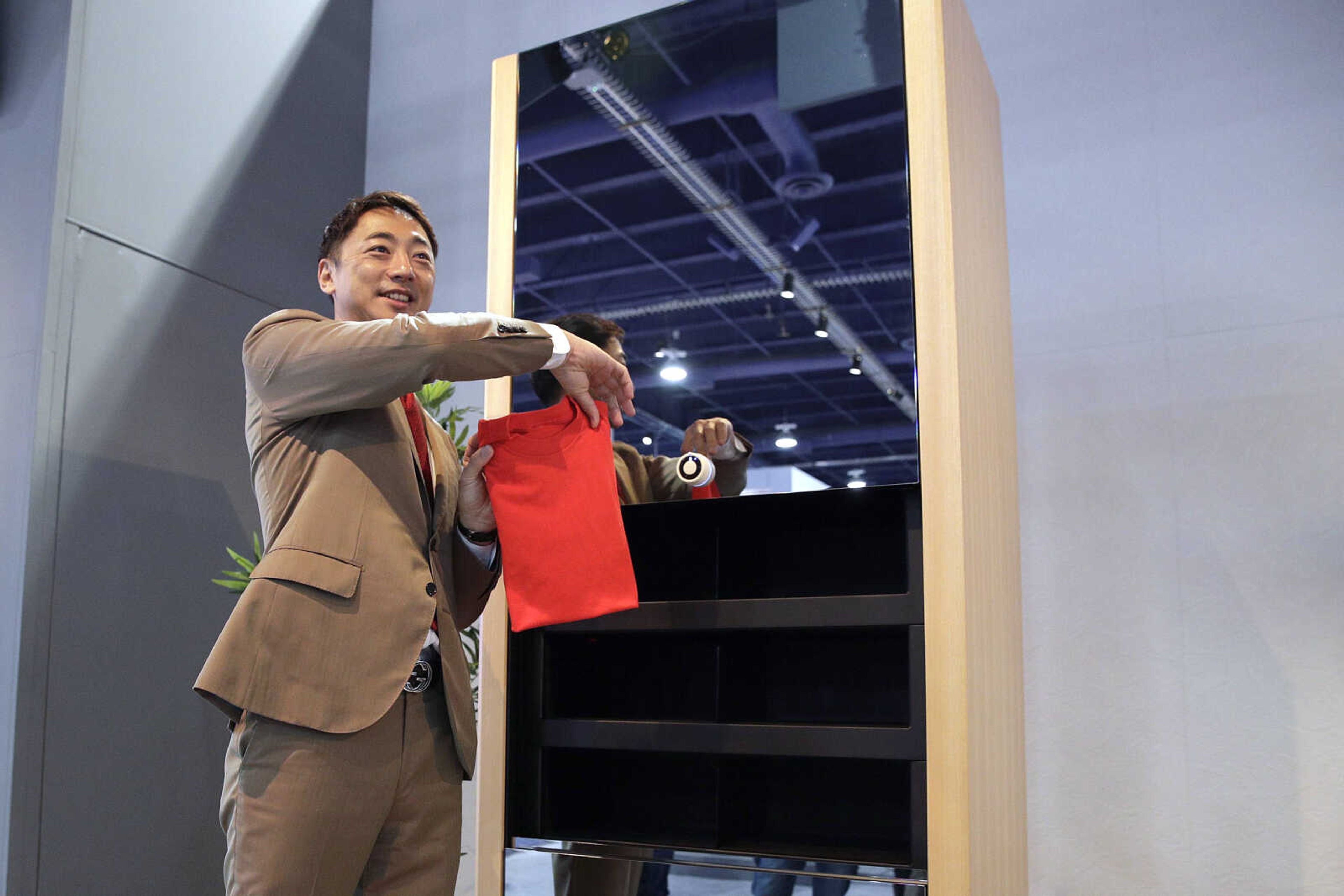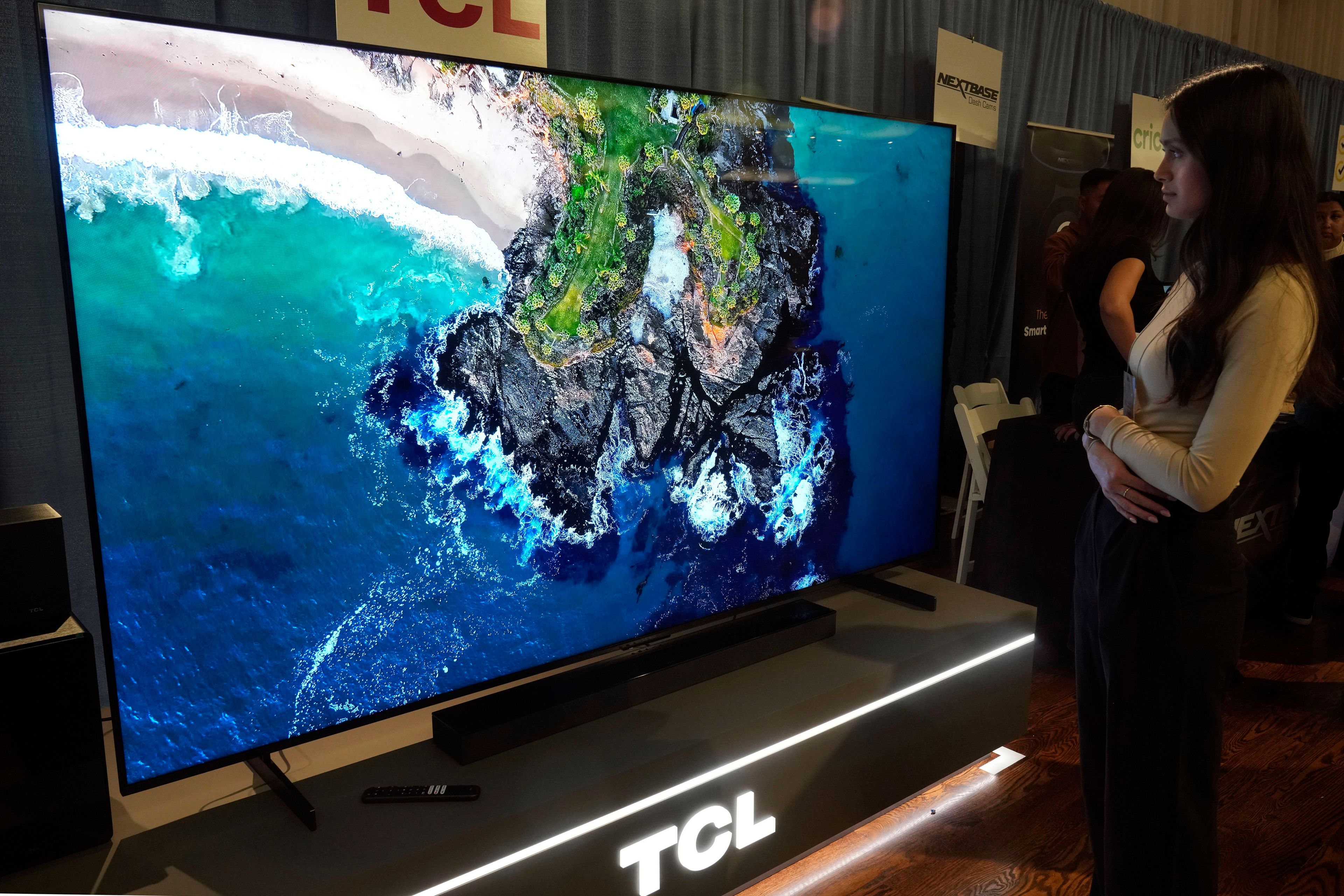Tech gathering showcases gadgets we don't need — until we do
LAS VEGAS -- Today's vision of a smart home has more to do with what's technologically possible than what people really need. Thus the endless parade of internet-connected wine openers, water bottles, meat thermometers and refrigerators, and a dearth of automation that would clean and fold our laundry, pick up things around the house or assist aging people as their physical strength wanes...
LAS VEGAS -- Today's vision of a smart home has more to do with what's technologically possible than what people really need.
Thus the endless parade of internet-connected wine openers, water bottles, meat thermometers and refrigerators, and a dearth of automation that would clean and fold our laundry, pick up things around the house or assist aging people as their physical strength wanes.
Not that some tinkerers aren't trying to come up with life-changing tools, often while trying to persuade consumers to share their routines and shopping habits to make all this work -- and potentially opening the doors to hacking or surveillance in their homes.
The annual CES gadget show, which opened in Las Vegas on Jan. 9, is a showcase of the latest innovations from big corporations and tiny startups. Some of these inventions soon could be useful to consumers. Others look outlandishly impractical -- or maybe it's too soon to tell.
The internet of what?
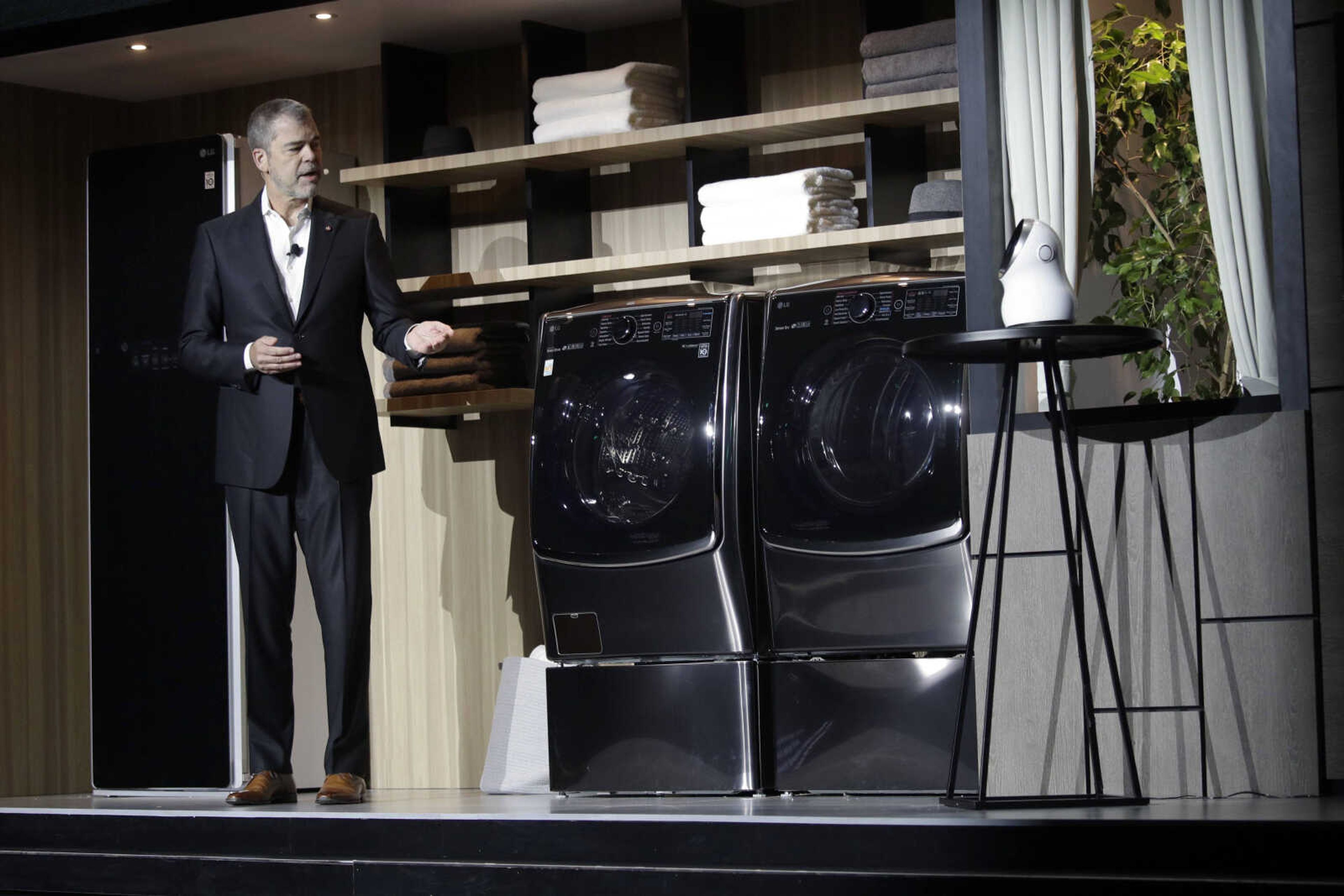
Want to book an Uber ride from your fridge? Samsung has you covered with one of its latest refrigerator models unveiled in Vegas. Of if you're looking for a water bottle that "helps celebrate when you've met your hydration goals," the internet-connected Hidrate Spark 2.0 has arrived.
You can command a Whirlpool microwave to switch settings with your voice, but per regulations, you still have to walk over to push the button to start it (and of course put food in and out). A meat thermometer made by Apption Labs will send a notification to your phone app when your steak is fully barbecued.
It's unlikely anyone but the most extreme wine connoisseur will need to track wine-preserving argon gas levels in a half-finished bottle of pinot noir. But a maker of bottle-opening gadgetry, Coravin, lets you do just that. The device needles wine out of a bottle without pulling the cork. What's new is connectivity and an app, so you're alerted when the gadget needs cleaning or a new battery.
All this reflects a cottage industry striving to imbue every last household appliance or wearable item with connectivity. But do we really need it?
Never mind the naysayers
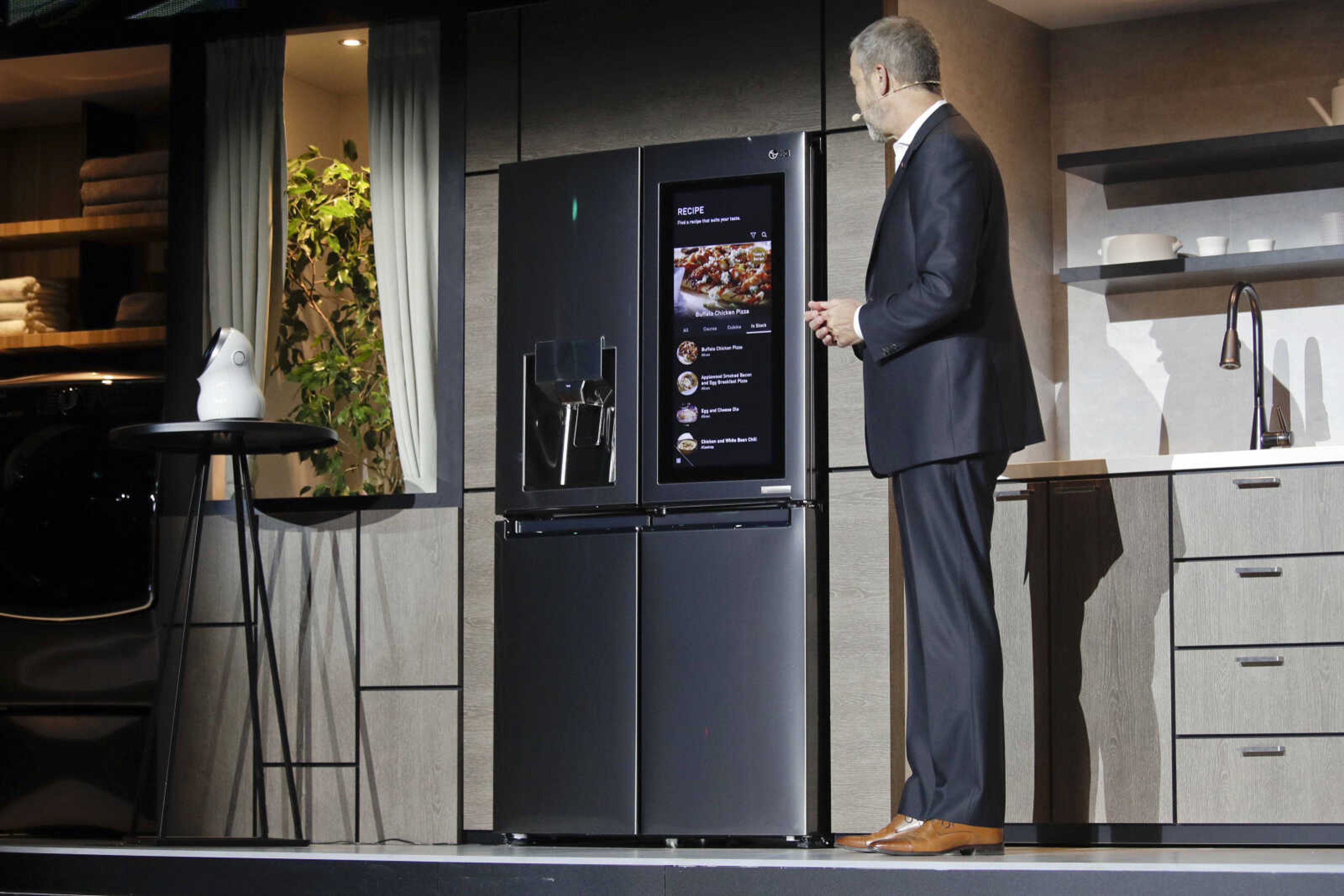
What one person considers a silly idea is another person's breakthrough, and many innovations displayed at CES could find long-term commercial success among niche audiences even if they aren't widely adopted, said technology analyst Tom Coughlin, president of Coughlin Associates.
"Some stuff is before it's time. Some stuff is partially thought through," Coughlin said. But you never know, he said, because "sometimes people don't know what they need until they see it."
At CES, Coughlin said, "you see the hopes and dreams, the fantasies, both mad and sublime and clever things that people can think of doing."
The Dutch lesson
In the Netherlands, startup entrepreneurs often look mockingly back to a late-1990s video that asked random people in Amsterdam whether they ever wanted a mobile phone, said Stefan Witkamp, co-founder of smart home startup Athom B.V.
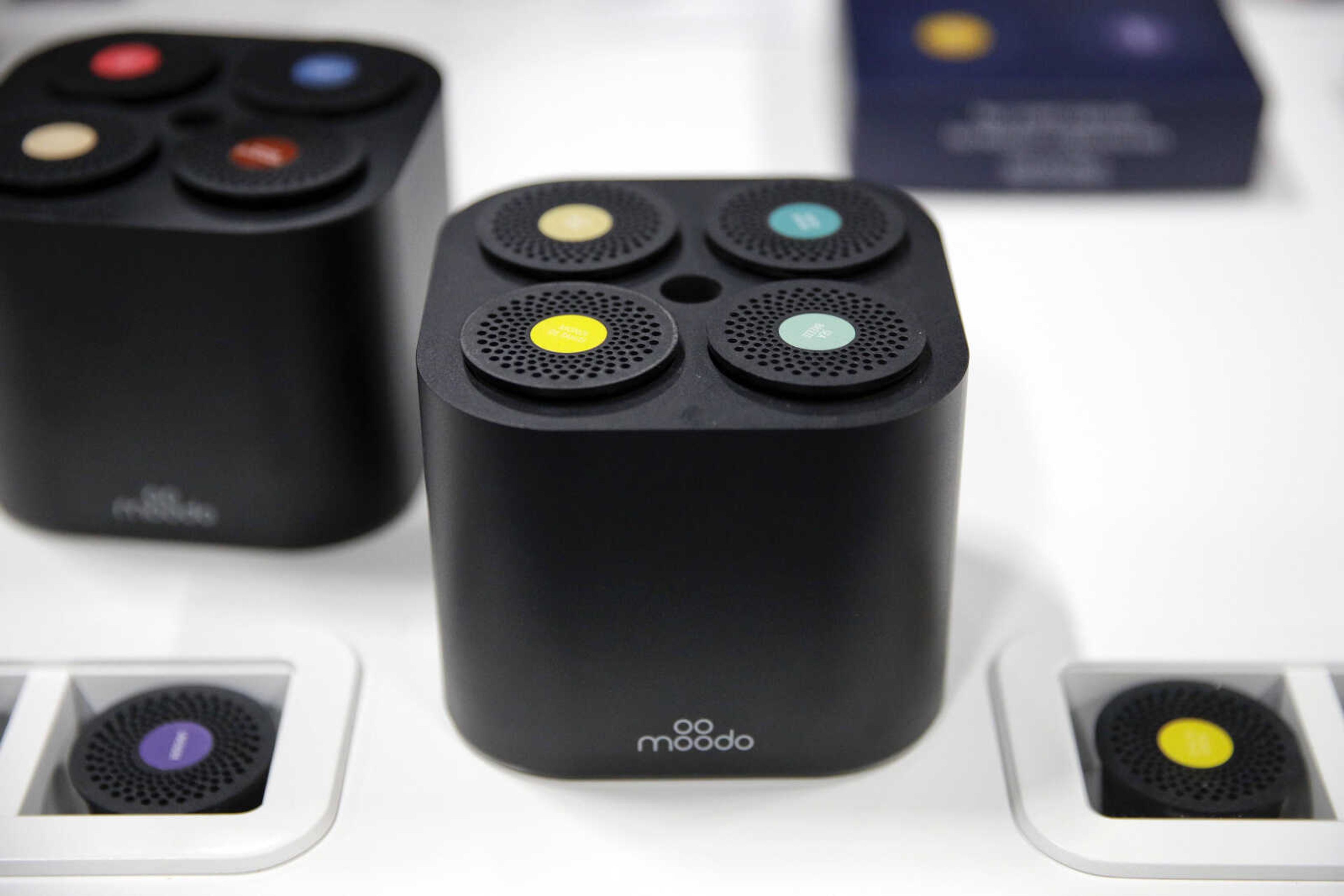
"Now it's unthinkable not to have your smartphone," said Witkamp, whose company's Homey product links various connected devices to a single system. Similar skepticism now affects smart devices, he said.
"People think, why do I need to control my music through my smartphone? Why do I need to manage and monitor my home remotely or automatically? But it could very well be that in five years, we'll be thinking: 'Why would we ever not want to?'"
Shin Sakane, founder and CEO of Tokyo-based Seven Dreamers Laboratories, said it's taken 13 years to develop his "Laundroid" clothes-folder -- and the rival FoldiMate also on display at CES -- are feats of engineering that also underscore the limits of current technology. Sakane's bureau-sized machine is powered by hidden robotic arms and computer vision that can distinguish between different types of clothing.
Priced at $16,000, the machine can take 30 items per cycle, though it's still not terribly efficient. It takes 10 or more minutes to fold a shirt -- making each cycle a 6-hour project.
Rival FoldiMate claims to be faster, but the company came to the show for the second-year running without a functioning prototype.
Connect with the Southeast Missourian Newsroom:
For corrections to this story or other insights for the editor, click here. To submit a letter to the editor, click here. To learn about the Southeast Missourian’s AI Policy, click here.
